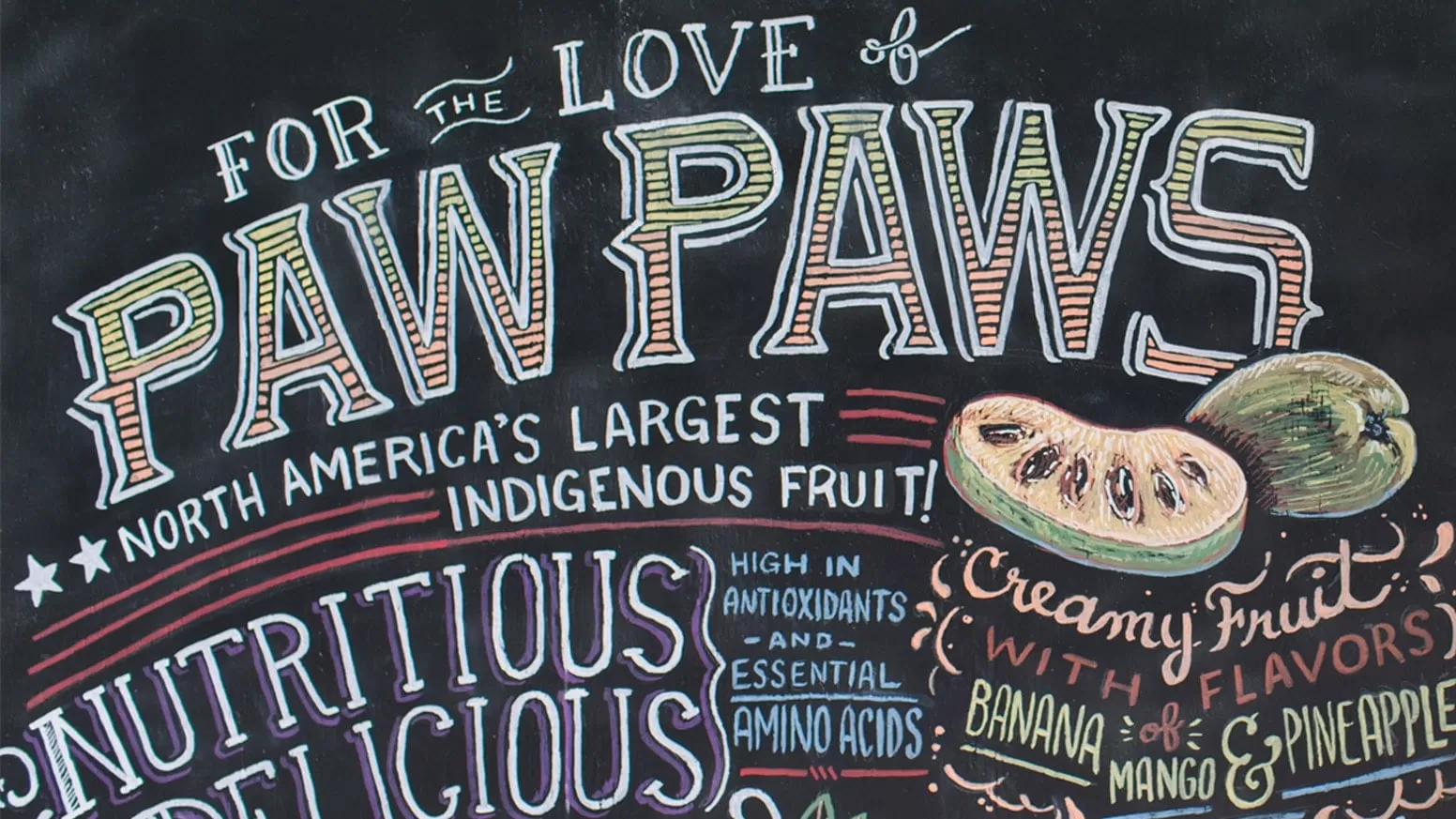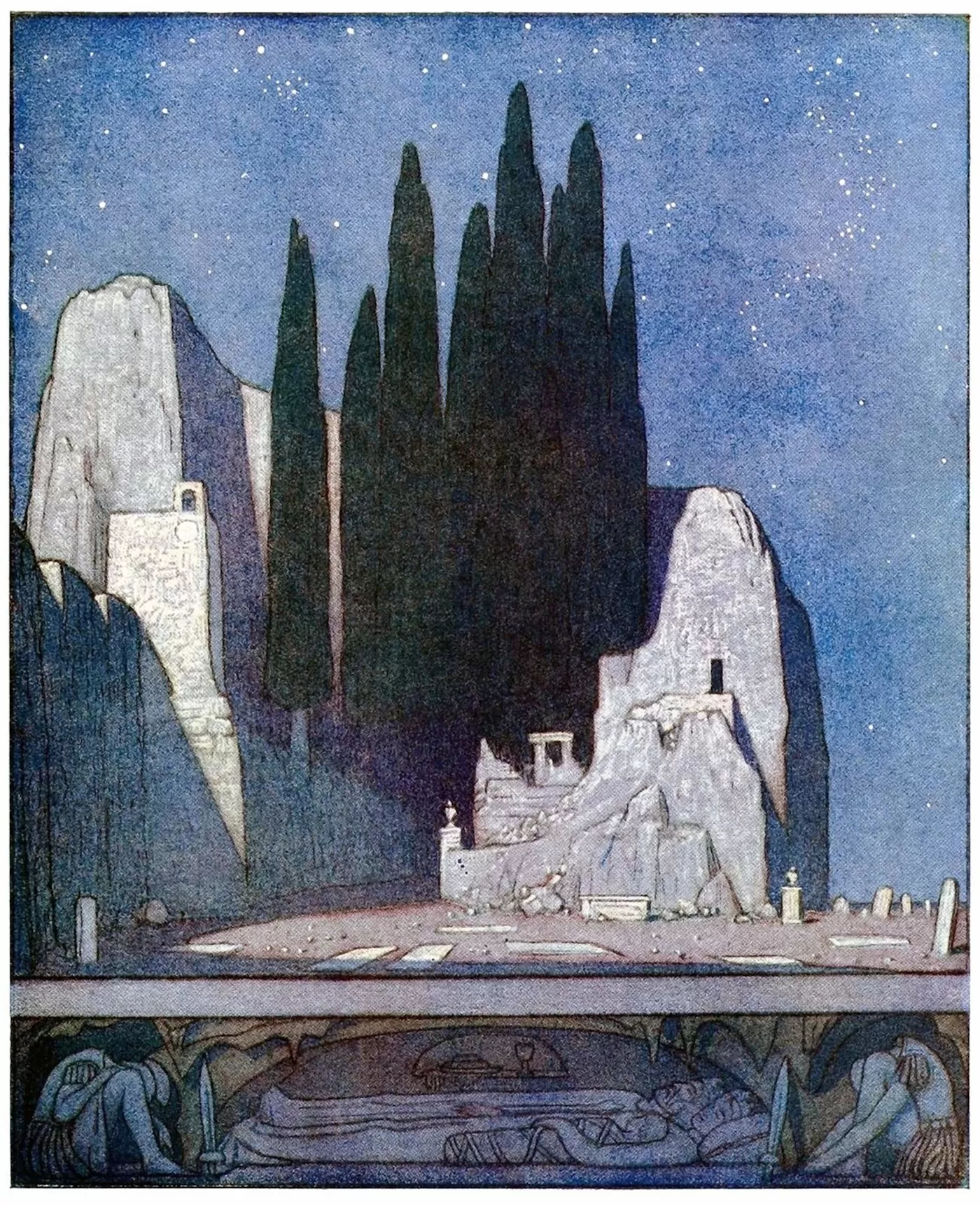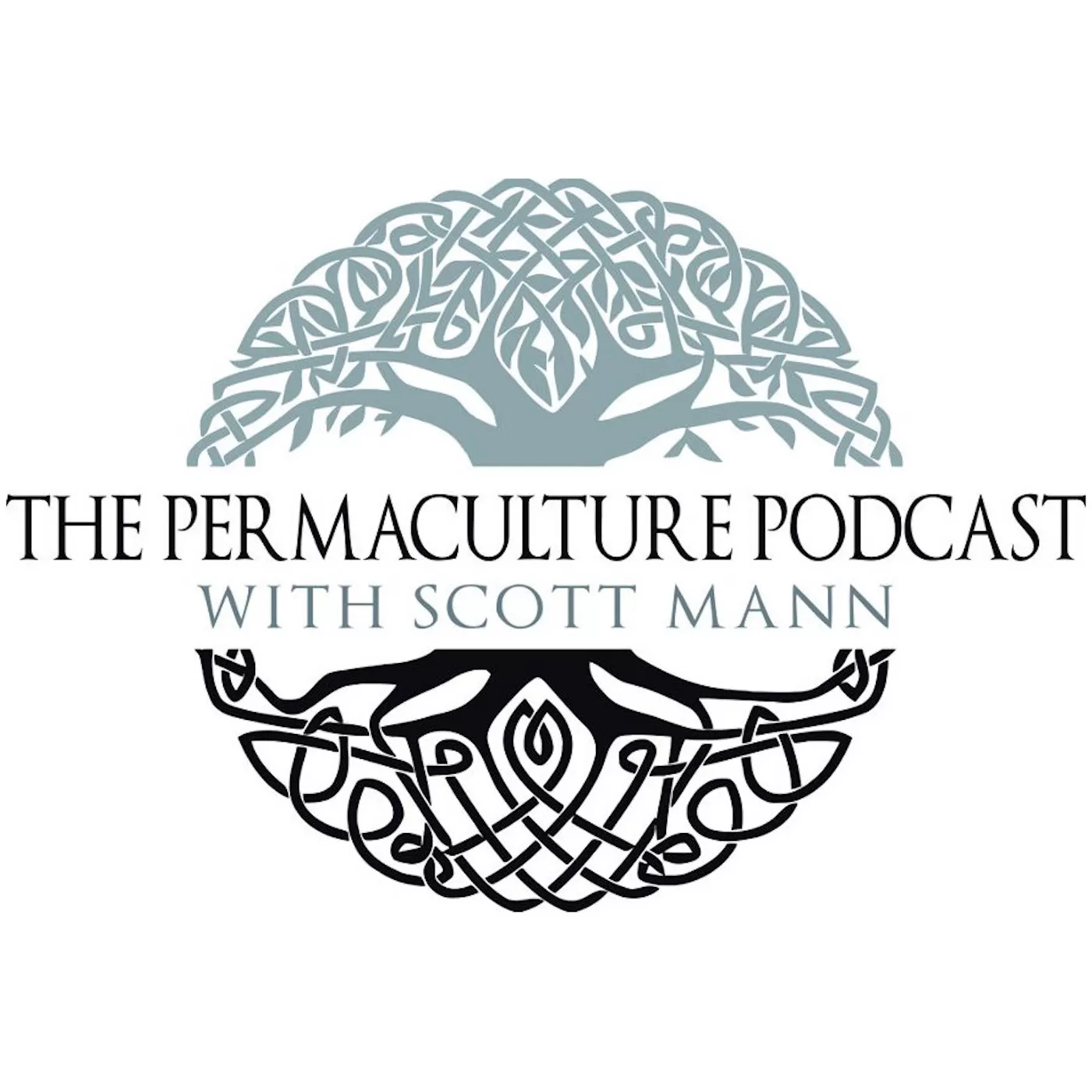Interview: Michael Judd - For the Love of PawPaws

Today, Michael Judd joins me to discuss his newest book: For the Love of PawPaws: A Mini Manual for Growing and Caring for PawPaws - From Seed to Table.
During this in-person interview, we start with what he’s currently working on, including where he’s gone with natural burials and his exploration of chestnuts as a way to plan for the future. From there we talk about North America’s largest native fruit: the PawPaw. During the conversation that follows, Michael shares the resurging interest in this tree and fruit. The development of named cultivars and improvement of PawPaw genetics thanks to growers like Neal Peterson and Jim Davis. We also touch on growing your own PawPaw, as well as the flavor and nutrition of the fruit, and end with what you’ll find if you make it to his annual PawPaw festival, which recently celebrated its 4th year. Find out more about Michael, including his latest book For the Love of PawPaws, his homestead, and other work at ecologiadesign.com. You’ll also find links to that, the nurseries mentioned, and much more, in the resources section below. Also, in the Patreon feed at patreon.com/permaculturepodcast, you’ll find two giveaways. One for his book, For the Love of PawPaws. I also have a giveaway open for a copy of David Holmgren’s Scenario Planning for the Future. Both of those are open until October 10th, 2019. What I love about this conversation and all the times I’ve spent with Michael, is his go do it attitude and desire to instill that feeling in others. If you find something you love, you can learn enough to get inspired, and then go begin. Whatever you’d like to accomplish in permaculture, through successes, failures, and moments of great joy, take that first step and see where the journey leads you.
If I can ever assist you on that journey, please get in touch: Email: The Permaculture Podcast
Or write: The Permaculture Podcast The Permaculture Podcast
From here, the next interviews are a two-part series with David Holmgren discussing his book Retrosuburbia! and what we can do to prepare the communities we live in for the future. Until then, spend each day creating the world you want to live in by enjoying PawPaws, learning more about the native fruits in your regions, and taking care of Earth, yourself, and each other. Fall Fundraiser If you enjoy this show, you can help it to grow and continue to explore the edges of ecological design and what it means to practice permaculture in the landscape, our lives, and our communities by donating today.
Resources
For the Love of PawPaws Ecologia Design Planting and Growing Chestnut Trees (PDF)
Future Scenarios: How Communities Can Adapt to Peak Oil and Climate Change - David Holmgren SilvoCulture: Nuts for the Future Custard Apple NPR: The Once-Obscure Fruit is on its way to becoming PawPaw-Pawpular Neal Peterson / Peterson Pawpaws Deep Run PawPaw Orchard / Jim Davis Lee Reich
Uncommon Fruits for Every Garden
Paw Paw Nurseries
West Farm Nursery (New Jersey)
Peaceful Heritage Permaculture Nursery (Kentucky)
Twisted Tree Farm (New York)
dible Acres (New York)
Food Forest Farm (New York)
Rolling River Organic Nursery (California)
Grimo Nut Nursery (Ontario, Canada)
Edible Landscaping (Virginia)
Red Fern Farm (Iowa)
England’s Orchard (Kentucky)
Blossom Nursery (Arkansas)
Hidden Springs Nursery (Tennessee)
Burnt Ridge Nursery (Washington)
Raintree Nursery (Washington)
Past Interviews with Michael Judd
Honoring the Dead and Holding the Dying Starting Out and Getting Involved with Permaculture Edible Landscaping Michael Judd’s Mid-Atlantic Permaculture Convergence Keynote Address



